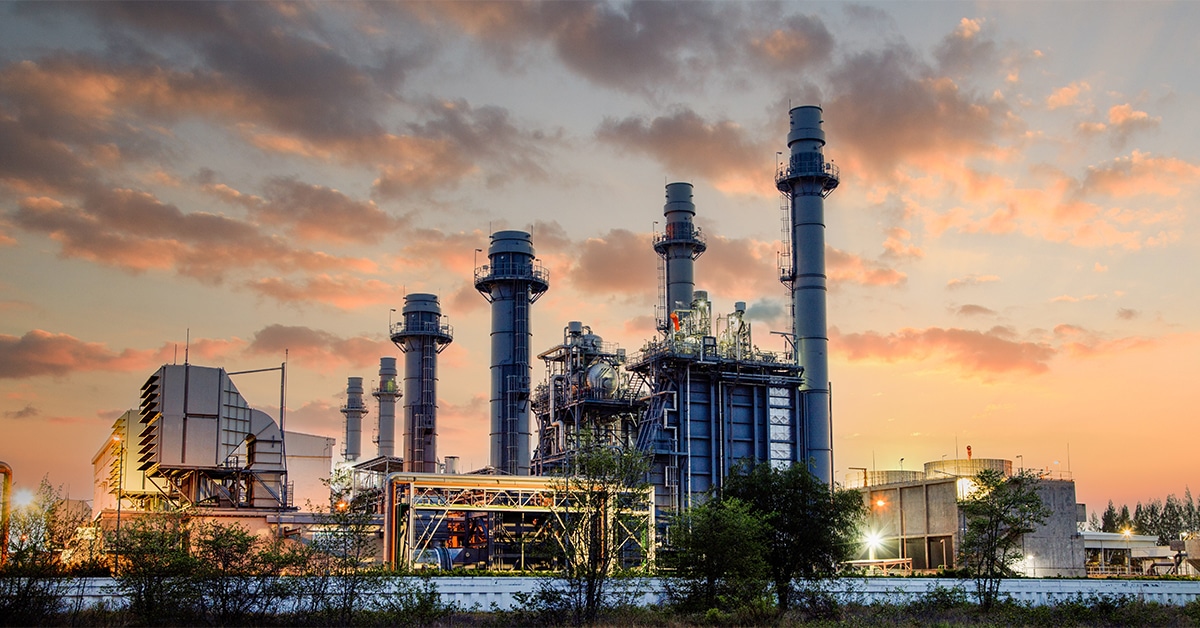
As the energy demand continues to rise, the importance of intrastate pipelines in the United States cannot be overlooked. These pipelines are crucial for transporting natural gas, oil, and other energy products within a single state, linking production areas with end users such as power plants, industrial facilities, and residential consumers. The network of intrastate pipelines is constantly evolving, with new projects being planned and constructed to meet the growing energy needs of the country.
One of the key ways in which intrastate pipelines are changing the energy landscape is by increasing the reliability and flexibility of energy supply. By connecting production sites with consumers, these pipelines help ensure that energy products can be delivered where they are needed when they are needed. This is essential for keeping the lights on, powering businesses, and fueling transportation efficiently and cost-effectively.
Moreover, intrastate pipelines play a crucial role in supporting the growth of renewable energy sources such as wind and solar power. These pipelines can transport natural gas, which is often used as a backup fuel for renewable energy generation when the sun isn't shining or the wind isn't blowing. By providing a reliable source of backup power, intrastate pipelines help ensure that renewable energy can be integrated into the grid seamlessly, reducing the reliance on fossil fuels and lowering greenhouse gas emissions.
In addition to supporting renewable energy, intrastate pipelines also help facilitate the transition to cleaner sources of energy. For example, some states are phasing out coal-fired power plants in favor of natural gas or other cleaner fuels to meet emissions reduction goals. Intrastate pipelines provide the infrastructure needed to transport these alternative fuels, enabling states to diversify their energy mix and reduce their environmental impact.
Another way in which intrastate pipelines are changing the energy landscape is by fostering economic development and job creation. The construction and operation of pipelines create jobs in local communities, stimulate economic activity, and generate tax revenue for states. In addition, access to reliable and affordable energy through intrastate pipelines attracts businesses to the region, driving further economic growth and investment.
Despite the many benefits of intrastate pipelines, they also present challenges and controversies. For example, pipeline projects can face opposition from environmental groups, landowners, and communities concerned about safety, environmental impacts, and property rights. Balancing the need for energy infrastructure with the interests of stakeholders requires careful planning, communication, and collaboration to ensure that pipelines are constructed and operated responsibly and sustainably.
Furthermore, the aging infrastructure of some intrastate pipelines raises concerns about safety and reliability. Pipelines that are not properly maintained and upgraded can pose risks to public health, safety, and the environment in the event of leaks, spills, or accidents. Ensuring the integrity of intrastate pipelines through regular inspections, maintenance, and modernization is essential for mitigating these risks and protecting communities along the pipeline routes.
As the energy landscape continues to evolve, the role of intrastate pipelines will only become more prominent. These pipelines are the lifelines of the energy system, connecting producers with consumers and enabling the efficient and reliable transportation of energy products. By supporting renewable energy, fostering economic development, and addressing safety and environmental concerns, intrastate pipelines are helping to shape a more sustainable and resilient energy future for the United States.
In conclusion, navigating the network of intrastate pipelines is essential for meeting the energy demands of a growing population and economy. These pipelines play a critical role in ensuring a reliable and flexible energy supply, supporting the transition to cleaner sources of energy, and driving economic development and job creation. However, challenges such as opposition from stakeholders and concerns about safety and reliability must be addressed to maximize the benefits of intrastate pipelines while minimizing their impacts. By balancing the opportunities and risks associated with intrastate pipelines, the energy landscape can be transformed in a way that benefits both present and future generations.